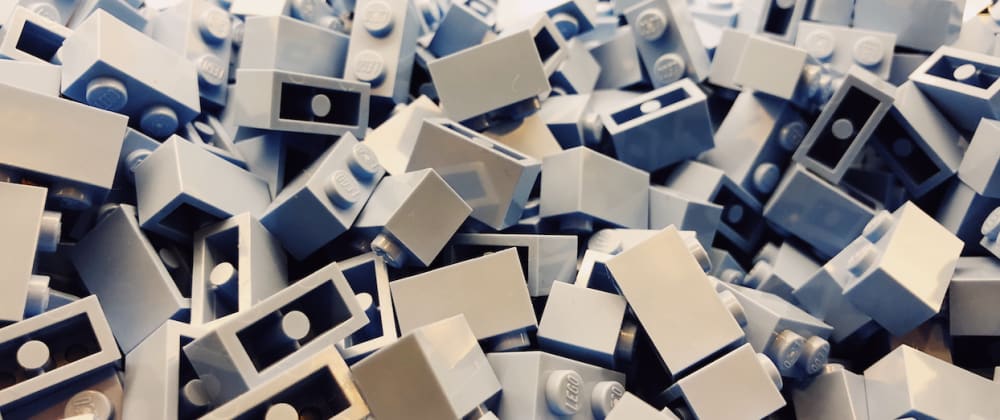Last Sunday, despite the very nice weather (actually even way too hot for Hamburg) we decided to stay home and have a "rest day" ( we are a really active family always engaged in physycal activity, be it climbing, cycling, trekking).
My kids just got a Lego Mindstorm EV3 set as a joint birthday present ( that thing is quite expensive - worth it, but still expensive) and we decided to build it all together.
Parents and kids, sitting together, having fun building stuff, for as long as required.
To make it special, and to remember this epic moment - the first lego Mindstorm ever ( my kids are probably a bit underage for that kind of thing, being 8 and 11) and to add some additional learning activity to it - we decided to record the entire building session and make a time-lapse video out of it.
We often make photobooks and short movies out of our vacation footage and I always involve my kids into the editing process (so that they can slowly get into tech and tools by making things and having fun, - more on this in a post to come), but this time I had no idea how to make a time-lapse, so we googled together to find out how to set up our camera and we did the math to define how many shots were required.
We estimated that we would need 3 to 4 hours to build the Robot and we wanted our video to be no longer than 5 minutes.
The formula to calculate the shooting interval is the following:
- First, to determine the total number of frames required for playback multiply the desired length of the final video in seconds by the desired framerate:
(5 minutes x 60 ) x 30 = 9000 - Then transform the duration of the entire event you want to record into seconds:
4 hours x 60 x 60 = 14400 - Then divide the total of seconds by the total of frames to get the frame interval, that is the time interval between each photo:
14400 / 9000 = 1.6`
We did not want to spend too much time in learning how to make a time-lapse and install the necessary software on our Reflex, therefore, this time we opted for our cheap GoPro alternative which already comes with a handy time-lapse feature. Unfortunately, the available range was either 1 or 2 seconds ( or more ) so we set up 2 seconds. Worst that could happen the final video would be shorter.
Then we downloaded the instructions on the phone and started building.
With up and downs, some moments of stress (the little one crying because he was a bit frustrated by the complexity of the project, and the bigger one arguing with the mother because he was rushing and skipping some steps - that caused unmounting and rebuilding of some parts), just a couple of breaks for the toilet and a few minutes to cook some sandwiches we took 3 hours and a half from the opening of the package to the remotely controlled working robot.
We decided to keep the programming part for another day and after having played a bit with the robot we quickly edited the video with iMovie, we picked some suitable music and speeded up some parts (we found out that our calculations were wrong - the video was almost 30 minutes long! - probably the framerate set on the camera was different - I did not have time to check it yet. Any idea? ), then we could finally watch over and over the recording of our achievement.
I find this kind of activities very rewarding - you spend time together, building something, learning new things and you end up with a nice funny memory. I guess this will be just the first of many other time-lapse videos!
Unfortunately, I just realized that the quality of the uploaded video on youtube kinda sucks... It looked fine after the export from Imovie, will check it and eventually upload it again.
Photo by Ryan Quintal on Unsplash








Oldest comments (3)
Wow! What a cool project! I really enjoyed how you got the kids involved every step of the way and included all the downs as well as the ups.
What's the next project?
Thanx. Next we will definitely start to play around with the programming side of EV3 - at first with the native - blocks - scratchlike language, and then maybe with something more "scripted" ( need to check out about nodejs )
Very cool, Scratch is such a great tool. Looking forward to seeing the results :)